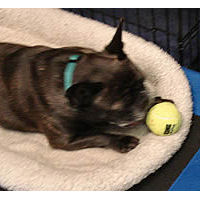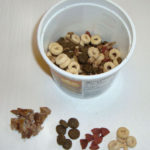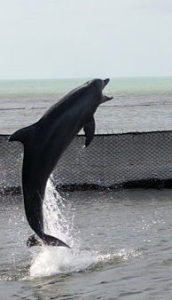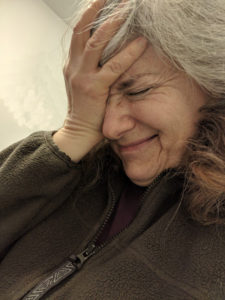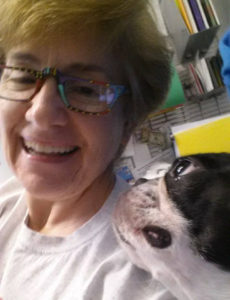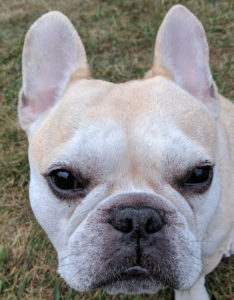Hello???
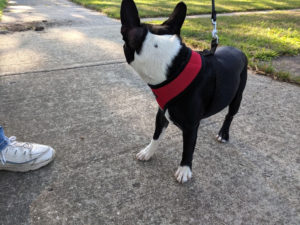
You’re on the phone with a friend, telling a great story that is sure to get a huge response. You finish the story and – nothing. You realize that at some point your phone dropped the call and you’ve been talking to dead air for who-knows-how-long.
If you start a training session without first engaging your dog – you’re talking to dead air.
Distractions are all around us. To get the full effect of training, our dogs have to be paying attention. Don’t start your timer until your dog is meeting your eyes, paying attention, and has his/her “let’s play!” attitude on display.
Focus for you and your dog is harder some days
There are days when that’s more difficult to achieve than others. If you, or your dog, is having an “off” day – try something different. Go into a different room. Stand in a different place. Grab a different kind of treat. Start with a game of “tug.” Anything to shake things up.
We know that some of those things may be even more distracting for your dog. That’s okay. One of the objectives is to get your dog working with you no matter what else is going on. If your dog is excited, it may take a little longer for him to respond to your direction, or he may show you he’s not sure what you mean.
It’s OK to go back a few steps
That’s okay, too. Go back a step or two. Or start the session with something basic, like “sit.” If your dog does it, celebrate with him! Learning to work with you when he’s excited, even on the most basic level, is fantastic!
In our competition obedience classes one of the first things we teach our students is to “check with your dog.” Before any obedience exercise starts, the judge always asks “Are you ready?” And our students know this is the cue to meet their dog’s eyes, smile, and say “Yes!” or “Ready!” Unless the dog isn’t looking at them. Then the response is “not quite” and they get their dogs to focus.
Ready!
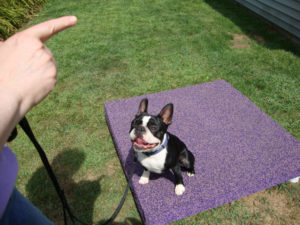
The word “ready” can also be a cue to your dog that the fun’s about to start – either in training, class, or competition. Train your dog to look at you when you say “ready!” by saying it and popping a big treat in his/her mouth when your dog’s eyes meet yours. Be sure you’re smiling when you say it so your dog knows you’re about to have some fun together.

